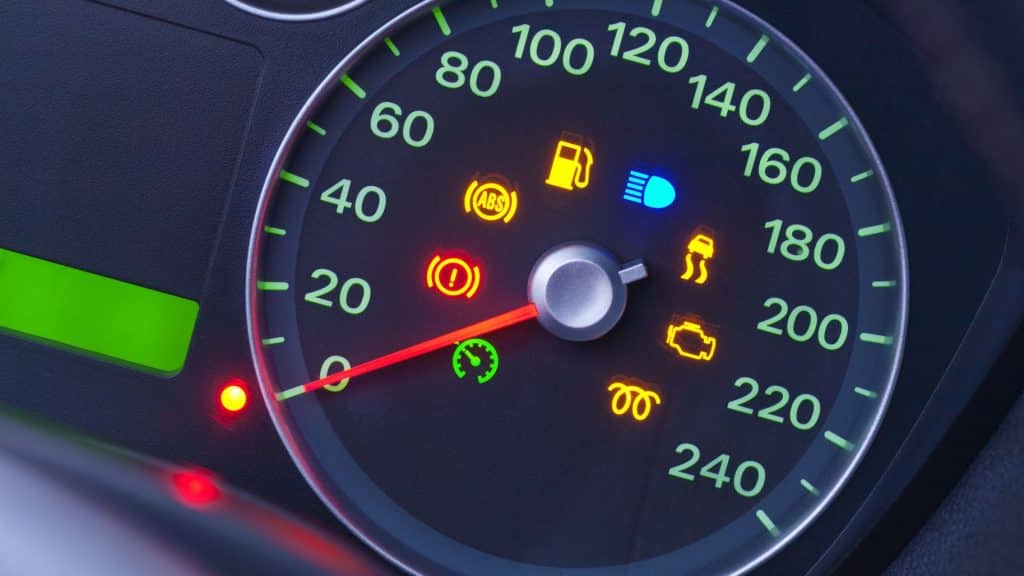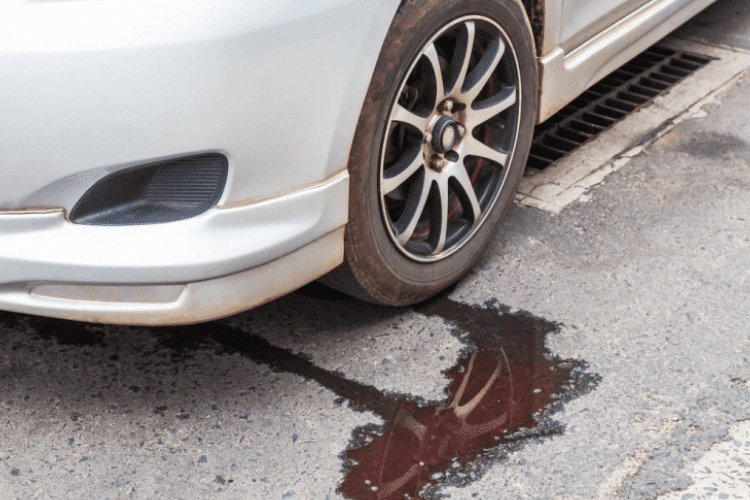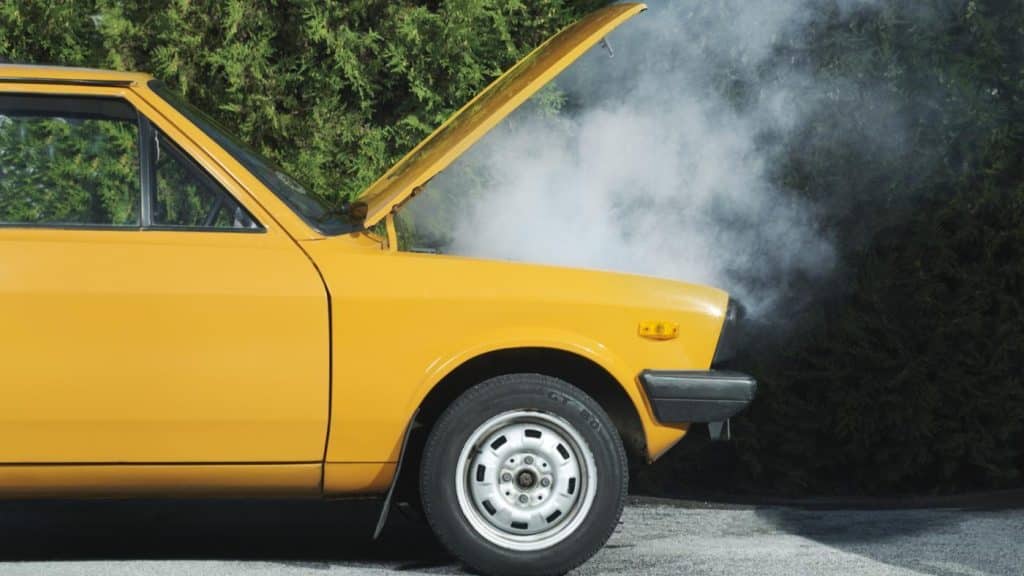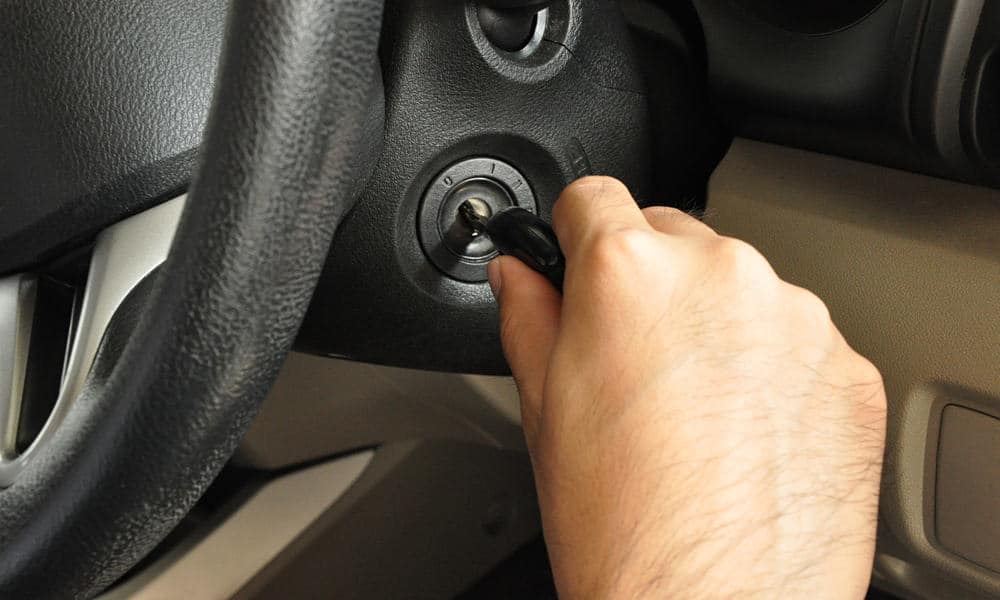Understanding when to take a car to the shop is crucial for maintaining its longevity and safety. Many drivers overlook early warning signs, only to face larger, more costly repairs down the line. This blog post delves into key indicators that signal the need for professional car maintenance. From unusual noises to warning lights on the dashboard, recognizing these signs can save time, money, and potentially avert dangerous situations on the road. By staying informed and attentive to these signals, drivers can ensure their vehicle remains reliable and roadworthy.
Contents
Unusual Noises

The emergence of strange noises from a vehicle often signifies underlying mechanical issues. A grinding sound, for instance, could indicate brake problems, while a whining under the hood might suggest power steering issues. Drivers should be particularly alert to any new or intensifying sounds. This attentiveness can be the difference between a minor repair and a major overhaul. Not all noises mean trouble, but discerning which ones warrant a professional check-up is key to maintaining a car’s health.
Noises like squealing when braking or clunking from the engine area should never be ignored. These sounds can point to worn brake pads or serious engine troubles, respectively. Prompt attention to such auditory clues not only keeps a car running smoothly but also ensures passenger safety. Regular checks and maintenance can prevent many of these issues, but immediate action is necessary when these sounds emerge. Scheduling a visit to a mechanic when these noises are first noticed can often prevent more extensive damage and higher repair costs.
Warning Lights On Dashboard

When a car’s dashboard lights up with a warning symbol, it’s a direct communication from the vehicle’s diagnostic system. The check engine light, for example, can indicate a range of issues, from a loose gas cap to a faulty oxygen sensor. Ignoring these lights can lead to more serious problems and even render the car unsafe to drive. Drivers should consult their vehicle’s manual to understand what each symbol means and take immediate action if a warning light comes on.
The appearance of an oil pressure light or engine temperature warning is particularly urgent. These indicate that the engine could be at risk of severe damage due to oil pressure issues or overheating. Such scenarios not only threaten the engine’s longevity but also pose a significant safety risk. It’s advised to stop driving and consult a mechanic as soon as these lights appear. Timely professional intervention can often save the engine from extensive damage and prevent roadside breakdowns.
Leaks And Puddles Under The Car

Noticing a puddle or leak under a car is a clear signal that something is amiss. These can range from harmless condensation from the air conditioner to serious issues like oil or coolant leaks. Identifying the type of leak is crucial; for instance, a dark brown or black fluid could indicate an oil leak, while a green or orange fluid might suggest a coolant leak. Timely identification and repair of these leaks are essential to prevent potential engine damage or overheating.
Another concerning sign is the presence of a clear, odorless fluid, which could be brake fluid. This is particularly serious as it directly affects the vehicle’s braking system. A car losing brake fluid is at risk of brake failure, a grave safety concern. Drivers should regularly check underneath their car and seek immediate professional advice if any unexplained puddles or leaks are found. Regular maintenance checks can often identify potential leak issues before they become serious problems.
Smoke Or Steam From Engine

Smoke or steam coming from a car’s engine is an alarming sign and should never be overlooked. Smoke can indicate burning oil or electrical issues, while steam typically suggests an overheating engine. Both scenarios can lead to significant engine damage if not promptly addressed. Drivers noticing smoke or steam should safely pull over and turn off the engine as soon as possible to avoid exacerbating the issue.
Differentiating between smoke and steam is critical. Blue or black smoke often points to oil burning, while white smoke can indicate a coolant leak into the combustion chamber. Steam, which usually looks like a thin vapor, suggests an overheating issue, often due to a coolant leak or a malfunctioning radiator. In either case, seeking professional assistance immediately is crucial for the vehicle’s health and the safety of its occupants.
Unusual Smells

Distinctive smells emanating from a car often point to specific issues. A burnt rubber smell could indicate slipping drive belts or misplaced loose hoses rubbing against rotating accessory drive pulleys. Similarly, the scent of gasoline points to a potential leak in the fuel system, which is not only dangerous due to the fire risk but also harmful to the environment.
Another concerning smell is that of burning oil, often noticed inside the cabin, which could indicate an oil leak onto the engine or exhaust system. A sweet, syrupy odor is typically a sign of a coolant leak. Recognizing and addressing these smells promptly can prevent more serious issues and ensure the vehicle continues to operate safely and efficiently.
Poor Performance

A decrease in a car’s performance is a telltale sign that it needs professional attention. Symptoms like reduced fuel efficiency, difficulty starting the engine, or stalling can indicate problems ranging from minor issues to severe malfunctions. For example, a sudden drop in gas mileage might be caused by a malfunctioning oxygen sensor or worn spark plugs, while stalling might suggest a problem with the fuel system or the ignition.
Another performance-related concern is the car’s response during operation. If it feels sluggish, takes longer to accelerate, or if the engine sounds different when accelerating, these can be signs of various issues, including exhaust system problems or transmission troubles. Addressing these performance issues promptly not only enhances the driving experience but also prevents potential damage to critical components of the vehicle.
Braking Issues

Experiencing issues with the braking system is a serious concern that requires immediate attention. Symptoms can include a spongy or soft brake pedal, a pedal that sinks to the floor, or a car that pulls to one side when braking. These can indicate a range of problems, from worn brake pads or discs to a malfunction in the hydraulic system. Ensuring the brakes are functioning correctly is crucial for safety on the road.
Another indicator of brake issues is a persistent squealing or grinding noise when applying the brakes. This usually signifies that the brake pads have worn down and need replacing. Regular checks and maintenance of the braking system can prevent many of these issues, but any change in brake performance should be evaluated by a professional as soon as possible.
The Bottom Line
Recognizing the signs that a car needs to go to the shop is fundamental to ensuring its longevity and safety. From unusual noises and warning lights to leaks, smoke, and braking issues, these indicators should never be ignored. Promptly addressing these signs not only saves from costly repairs in the long run but also ensures the vehicle remains safe for use. Regular maintenance checks play a key role in identifying potential issues early on. Ultimately, staying attentive to the car’s needs and seeking professional help when necessary is the best strategy for maintaining a reliable and safe vehicle.


